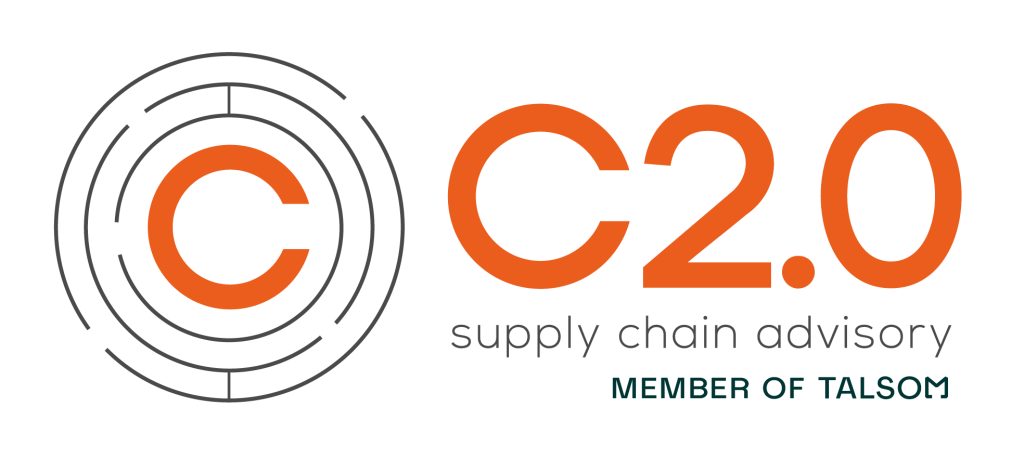YEAR
2021
Type OF projeCt
PROCUREMENT
SAVINGS
COSTS
& PRODUCTIVITY
DIRECTED BY
Guillaume St-amour
Noémie bilodeau
OVERVIEW
CUSTOMER PrEsentation
Our client is a Quebec leader in the tool and equipment rental industry, with over 4,000 different products in inventory and nearly 50 rental locations across the province.
mandatE
The project aimed to improve the client’s expense management while ensuring greater efficiency in its supply chain. Having previously selected the desired solution, the client engaged Conseil 2.0 to implement a P2P solution, including process review and supplier management.
client'S GOAL
The client’s main objectives for this implementation were: optimizing procurement processes, increasing control and visibility over expenses, and reducing purchase processing times.
ExEcution OF THE PROJECT
Conseil 2.0 led the implementation of the P2P solution using a four-step methodology:
The first step involves establishing project governance, reviewing objectives and success criteria, and providing the project team with training and platform documentation. This includes a meeting with the project team to align expectations regarding benefits and objectives, ensuring they are successfully achieved.
During this stage, the objective was to define the desired business process outcomes. We analyzed the current processes, tools used, and company constraints to align them with best practices enabled by the P2P system. This involved designing the architecture, configuring the platform, developing integrations, and enabling suppliers.
The validation phase includes planning, drafting, and executing test scenarios, including user acceptance testing (UAT) and integration testing. It also involves planning end-user training.
Deployment involves launching the platform into production. The following steps are required:
- Configuring the production platform
- Training end users
- Communicating the launch to suppliers
- Enabling users and suppliers to operate on the production platform
- Providing hypercare support to resolve any issues that may arise
RESULTS
Once the project was completed, the company gained full autonomy in using and managing the production platform, positioning itself to take advantage of the many benefits of a P2P tool, such as:
- Improved management of internal processes through automation
- Cost reduction (resources, materials, management)
- Decreased risk of errors
- Ensured compliance of expenses
- Enhanced visibility between departments through real-time data access
- Streamlined supplier selection
- Reduction of manual activities, allowing more time for value-added tasks
- User-friendly interface
- Improved transaction traceability
- Increased collaboration between departments





